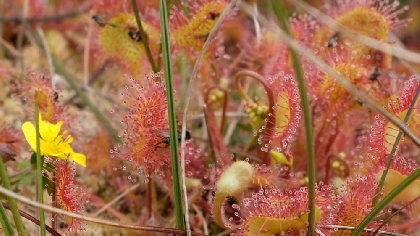
A rare fly-catching plant called Sundew has reappeared on Fleet Moss, a peat bog in the centre of the Yorkshire Dales National Park which only a few years ago was a ‘black broken land’.
Large-scale restoration work began four years ago at the vast moorland area, which is famous in part for being home to the highest road in Yorkshire and marking the boundary between Craven and Richmondshire districts.
Early last year the bog was described as a ‘stirring scene of restoration’ and now the fruits of that work are becoming apparent. This summer cotton grasses and peat-forming sphagnum mosses can be observed recolonising bare ground, alongside Sundew and other rare plants.
The story of Fleet Moss’s recovery has been captured in the latest episode of the Dales Countryside Museum’s Voices From The Dales podcast, which has been published to mark the museum’s summer special exhibition, ‘Give Peat A Chance’, which opened last month.
The podcast episode also features Bishopdale landowner and grouse shooting enthusiast Rob Brown speaking about the recovery of the nearby Stake Moss peatland.
Nearly one quarter of the Yorkshire Dales National Park is blanket bog peatland but much of it is severely degraded, owing to mid- to late-20th century draining and intensive farming practices. But restoration efforts have been gathering pace since the formation in 2009 of the Yorkshire Peat Partnership.
Peat Restoration Officer at the Yorkshire Peat Partnership, Jenny Sharman, who has spearheaded the work on Fleet Moss, said the return of Sundew was a cause for celebration.
“It’s a fabulous little plant. Sundew is one of a number of really unique species that can only survive in these waterlogged habitats. It’s carnivorous. If you look closely at it, there are lots of sticky droplets on the end of the leaves to trap insects,” she said.
“I’ve developed a real love for Fleet Moss. When I first saw it six years ago I was shocked by how appalling it looked. It was such a broken land. There was so much bare peat, so many peat hags sticking up proud, gullies pouring water and peat down the hillside during heavy rain.”
Hundreds of timber, stone or coir log dams have since been placed across the erosion channels to trap water and sediment.
On a site visit in July Ms Sharman said: “We’re really beginning to see the benefits. All of that black broken land I saw the first day has been transformed and we’ve been able to get so much vegetation coming back. Where there was blackened land we are seeing cotton grass heads blowing in the wind, lots of green, heather coming up, we’re seeing cloudberries, cranberries – it’s just a wealth of life now.
“The majority of dragonflies need peatlands in order to breed. It’s very similar for the birds. They need this land. The dunlins, the golden plovers, lapwings, curlews, species becoming really endangered in England, as well as short eared owls, merlins and hen harriers – they really depend on this habitat to survive.
“All of the sediment that would have been tearing off down the hills with the water is no longer doing that. We’re actually keeping the peat up here.”
Kevin Frea, the Member Champion for Promoting Understanding at the Yorkshire Dales National Park Authority, which runs the Dales Countryside Museum, said: “We know there is masses of work still to be done to get Dales peatlands into a good condition. But we need to take the time to pause and celebrate the achievements to date. Healthy peatlands sequester carbon and so restoring peat is critical to achieving our net-zero ambitions.
“Many people – conservationists, contractors, farmers and landowners – have been working hard on the felltops these past few years. Their story is a fascinating one and we hope people will come along to the Give Peat A Chance special exhibition at the Dales Countryside Museum to hear it.”
By 2030 it is hoped that all peatlands in the Dales will be restored. The target is one of the 49 objectives of the Yorkshire Dales National Park Management Plan.


 Custodians of the Soil: Beautiful images of nature-friendly farmers
Custodians of the Soil: Beautiful images of nature-friendly farmers
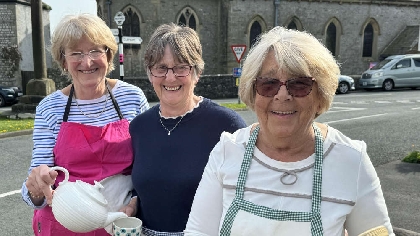 Go Cuckoo in Austwick this Bank Holiday
Go Cuckoo in Austwick this Bank Holiday
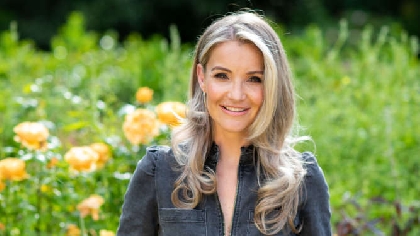 Celebrity guests at this year's Great Yorkshire Show announced
Celebrity guests at this year's Great Yorkshire Show announced
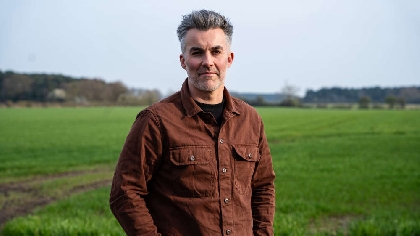 Labour sweeps to victory in mayoral election
Labour sweeps to victory in mayoral election
 Work well underway at Kex Gill
Work well underway at Kex Gill
 How to vote in Thursday’s mayoral election
How to vote in Thursday’s mayoral election
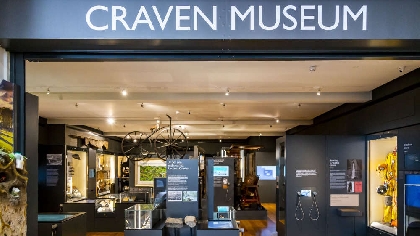 Craven Museum shortlisted for the world’s largest museum prize.
Craven Museum shortlisted for the world’s largest museum prize.
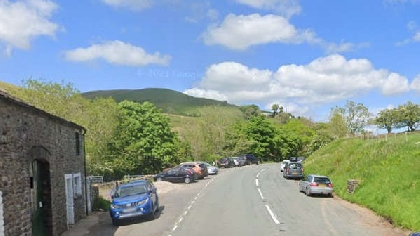 Bridge approved near waterfall despite visitor hotspot concerns
Bridge approved near waterfall despite visitor hotspot concerns
Comments
Add a comment